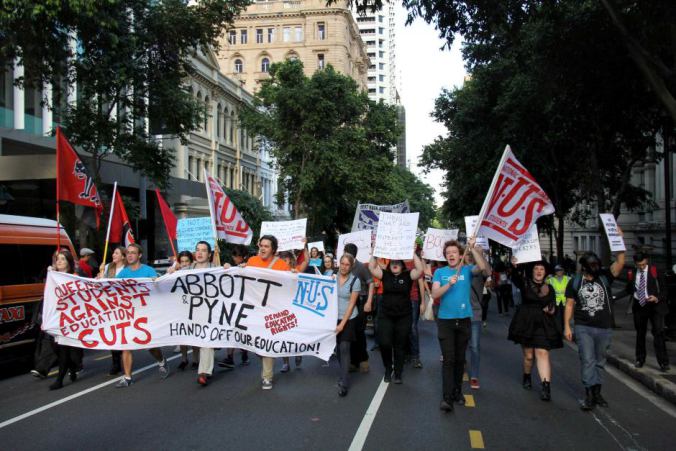Quite recently (within the last few weeks), The Australian Prime Minister, Tony Abbott, announced plans to change how higher education is funded in https://experience.tripster.ru/articles/kuda-pojti-v-kaliningrade-s-detmi/ the country. As I had mentioned in my last post, the cost of attending any university is currently the same from one institution to another, as the current funding model caps the cost of higher education here in Australia. Members of the Australian government would like to switch higher education funding to an American-like system, where individual universities can charge whatever they need to in order to supplement the funding they receive from the government. The government has indicated that the sharp rise in the number of students who wish to attend a university has made subsidizing the cost an unsustainable burden to the Australian Government. The government believes the new funding model will make Australian higher education more sustainable into the future.
The current Australian government is looking to slash funding to Australian universities by 20% (keep in mind that all universities in Australia are public) while removing the cap on how much a university can charge a student. The decrease in university funding and the removal of the cap will likely result in an increase in how much a student must pay to attend a university. HECS loans (see my last post) are going to be subjected to higher interest rates as well (about 6%), and students will have to pay their loans back sooner after graduating.
The proposed cuts and changes have university administrators worried about how much the cost of higher education will rise in Australia. For example, the Melbourne University Vice-Chancellor, Glyn Davis, has indicated that the cost of some degrees could increase by approximately 61%. Some university administrators have expressed concerns that the increased costs of attending a university will make it much more difficult for students of lower socioeconomic backgrounds to afford attending a university. However, the new proposed funding model will require universities to put at least 20% of their fees toward scholarships for students of disadvantaged backgrounds in order to help such students afford higher education.
Members of the current Australian government are trying to justify this new system by expressing their beliefs that the new U.S. style system will create competitive pricing between universities. Mass protesting has ensued since the announcement of the new funding model, as university students and administrators have become outraged by the proposed changes.
It will be interesting to see how the new funding model will affect the higher education system here in Australia. The cost of attending a university in the U.S. is extremely high and student loan debt has gotten out of control. I can’t imagine the universities here in Australia will have better luck than the U.S. has with providing affordable higher education (especially if the Australian government wants to implement a U.S. style system), but I suppose that is just my opinion. Only time will tell.
